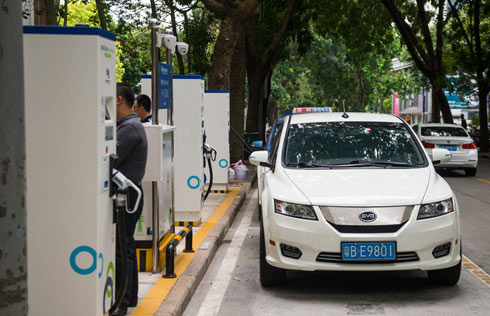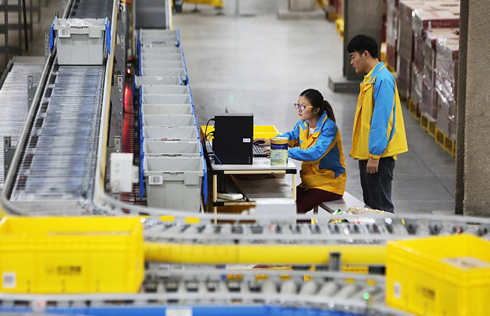Falling renewable energy costs enable new options for greening industry: report
BEIJING - The rapid cost reductions in renewable energy such as solar and wind power have opened a new range of possibilities to cut industrial carbon emissions, a report on renewable energy showed Thursday.
Reducing long-term greenhouse gas emissions of the industrial sector is one of the toughest challenges for energy transition, said the report by the China Economic Information Service (CEIS), an affiliate of Xinhua News Agency, and the International Energy Agency (IEA).
Cement, iron, steel and chemicals will be responsible for the bulk of industrial emissions in 2050, said IEA analyst Cedric Philibert, writer of the report.
To increase the use of renewables in the industrial sector, the report pointed out that the recent fall in costs of solar photovoltaics (PV) and wind power may create new options for greening the industry, either directly from electricity or through the production of hydrogen-rich chemicals and fuels.
While electrification can better integrate renewables into the power grid, hydrogen-rich chemicals that are easy to store and transport could serve as feedstock, process agents and fuel, according to the report.
The hydrogen-rich chemicals can be produced in areas with abundant resources and shipped to consuming centers, opening the prospects for a new kind of international energy trade, the report added.
The report also examined emerging technology options, as well as national and international policies that encourage development of renewable energy.
China is a major source of industrial emissions, but a staunch supporter of renewable energy.
According to the government's 2016-2020 plan, renewable energy could supply 1.9 trillion kilowatt-hours of electricity, accounting for 27 percent of total power generation by the end of 2020.


















